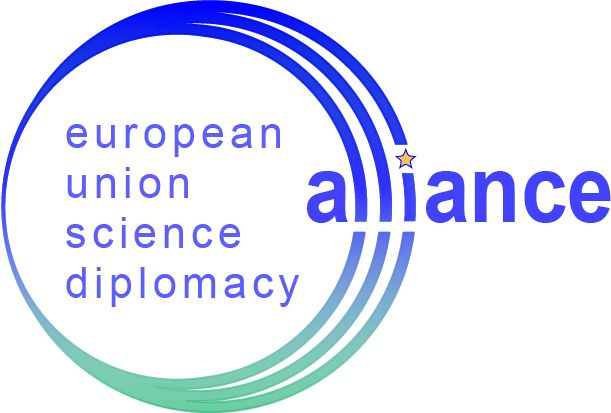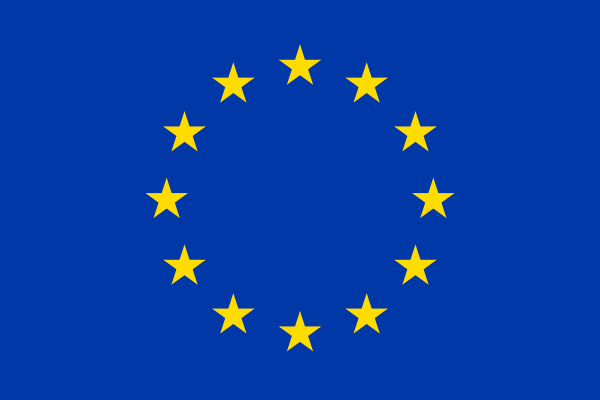This paper is a response to a 2018 call for greater understanding of how previous examples of marine science diplomacy could help shape present day efforts to draft a new law of the sea that protects marine biodiversity and conserves
Friends in fission: US–Brazil relations and the global stresses of atomic energy, 1945–1955
This article considers a relatively unknown episode in the early Cold War that involved the US and Brazil, as well as a number of other countries. From 1950, the leading figure in Brazil’s nuclear effort, Admiral Álvaro Alberto, established amicable
On the road to Stockholm: A case study of the failure of Cold War international environmental initiatives (Prague Symposium, 1971)
In May 1971, the Czechoslovak capital hosted an international conference on the environment that brought together high-ranking government officials and scientists from both sides of the Iron Curtain. The idea to organize such an event reflected Czechoslovakia’s interest in environmental
A Matter of Courtesy: The Role of Soviet Diplomacy and Soviet “System Safeguards” in Maintaining Soviet Influence on Czechoslovak Science before and after 1968
In 1969, a few short months after the Warsaw Pact invasion of Czechoslovakia, Sergei I. Prasolov, advisor to the Soviet Ambassador in Prague, informed František Šorm, President of the Czechoslovak Academy of Sciences, at a formal meeting that he welcomed
A nuclear monument the size of a football field: The diplomatic construction of soil nuclearity in the Palomares accident (Spain, 1966)
On April 8, 1966, 4,808 barrels—208.2 L each—were buried at Savannah River nuclear cemetery in Aiken, South Carolina. They contained about 1,100 tons of radioactive contaminated soil and vegetation from Palomares, a village on the South Coast of Spain. Earlier that
The scientific object and material diplomacy: The shipment of radioisotopes from the United States to Japan in 1950
This paper asks how a scientific object functions in a diplomatic context by examining the distribution of radioisotopes by the United States to Japan in 1950. In particular, it aims to shed light on some material dimensions of the diplomatic
The seismograph as a diplomatic object: The Soviet–American exchange of instruments, 1958–1964
Scientists from both sides of the Iron Curtain met in Geneva in 1958 and 1959 to create the technical basis for monitoring a future nuclear test ban treaty. Despite their scientific veneer, these meetings were politically motivated and the scientists
Orphaned atoms: The first Moroccan reactor and the frameworks of nuclear diplomacy
This article examines the attempt by the Kingdom of Morocco—a country of pivotal geopolitical importance in the late 1970s and early 1980s—to secure a research reactor. It finds that by treating that reactor as a diplomatic object, we can observe
Materialized internationalism: How the IAEA made the Vinča Dosimetry Experiment, and how the experiment made the IAEA
After a deadly 1958 nuclear reactor accident in Vinča, Yugoslavia, the International Atomic Energy Agency (IAEA) engaged in intensive nuclear diplomacy to assemble a major international scientific experiment on radiation dosimetry at the accident site. The 1960 Vinča Dosimetry Experiment
The Unflinching Mr. Smith and the Nuclear Age
This article focuses on the U.S. diplomat and nuclear arms control negotiator Gerald (Gerry) Coat Smith in order to cast new light on the importance of diplomats in the context of the set of international activities currently labelled as “science

